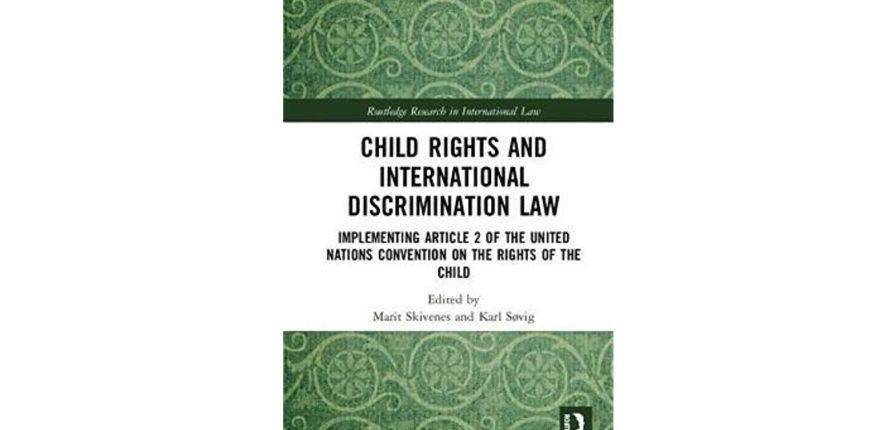NEW BOOK: Skivenes and Søvig have edited a book on the implementation of children’s right to protection from discrimination.
The United Nations Convention on the Rights of the Child (CRC) was adopted unanimously by the General Assembly of the UN in 1989. All countries in the world, except the United States, have ratified the Convention. This illustrates the strong commitment to children’s rights worldwide.
Nevertheless, the CRC is not uncontroversial. Children’s new position and strong rights create tensions in modern societies, and challenge traditional relationships between family and the state.
Article 2
A core component of the Convention on the Rights of the Child is the right to non-discrimination, formulated in Article 2 (see fact box).
Discrimination involves exclusion or less favorable treatment based on for example sex, skin colour, language, religion, ethnicity, social origin or disability. Discrimination can include individual and groups’ access to education, welfare services, and social arenas – and discrimination has been linked to severe physical and mental problems.
In recent years, international and national institutions, academics, and public movements have adopted a broader approach to discrimination. Increased global migration has brought discrimination relating to minority children on the agenda, and the attention toward gender equality has brought the discrimination faced by girls to the forefront of the debate.
Implementation
According to the Convention on the Rights of the Child, all children have equal rights. The new book edited by Marit Skivenes and Karl H. Søvig provides a comparative and critical analysis of how children’s right to non-discrimination is implemented internationally.
The formal implementation of this right varies. Some countries have made the CRC national legislation or enacted additional legislation to ensure children’s rights, whereas others have not. Further, international human rights, as well as national legal systems, are not consistent in defining the content of the right to non-discrimination. Sometimes the legislation as such is not the problem, but rather how it is enforced – or not enforced.
The new book, with contributions from leading academics drawn from a wide range of countries and disciplines, provides an overview of pressing issues in relation to the discrimination of children across the world, including the effects of discrimination on different areas of life.
Skivenes, M. and Søvig, K. H. (eds.) (2019). Child Rights and International Discrimination Law: Implementing Article 2 of the UN Convention on the Rights of the Child. Routledge Research in International Law.
Fact box: Article 2
- States Parties shall respect and ensure the rights set forth in the present Convention to each child within their jurisdiction without discrimination of any kind, irrespective of the child’s or his or her parent’s or legal guardian’s race, colour, sex, language, religion, political or other opinion, national, ethnic or social origin, property, disability, birth or other status.
- States Parties shall take all appropriate measures to ensure that the child is protected against all forms of discrimination or punishment on the basis of the status, activities, expressed opinions, or beliefs of the child’s parents, legal guardians, or family members.

